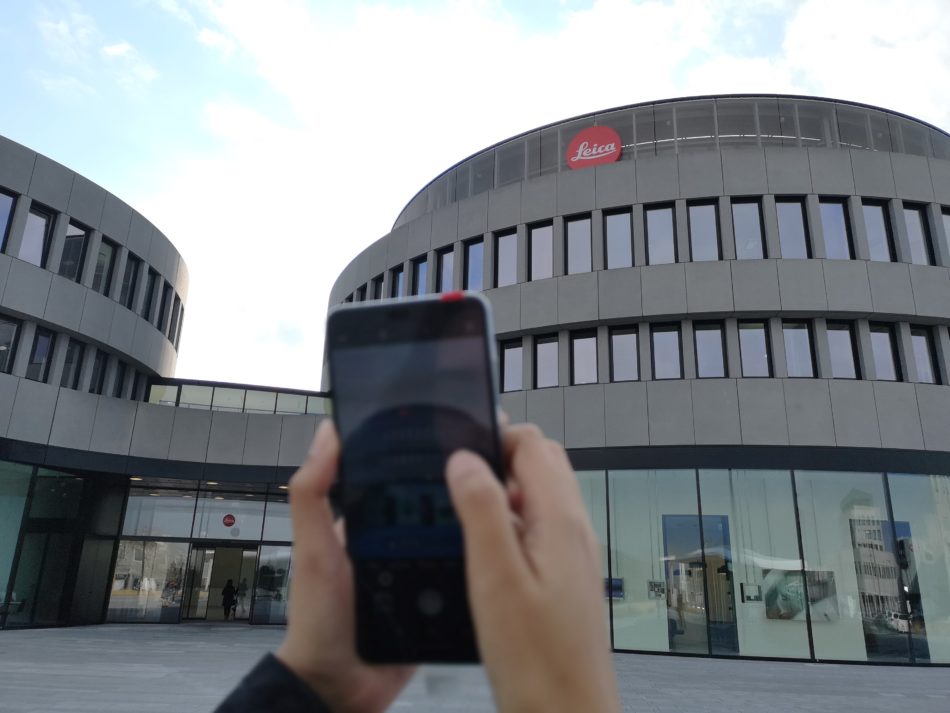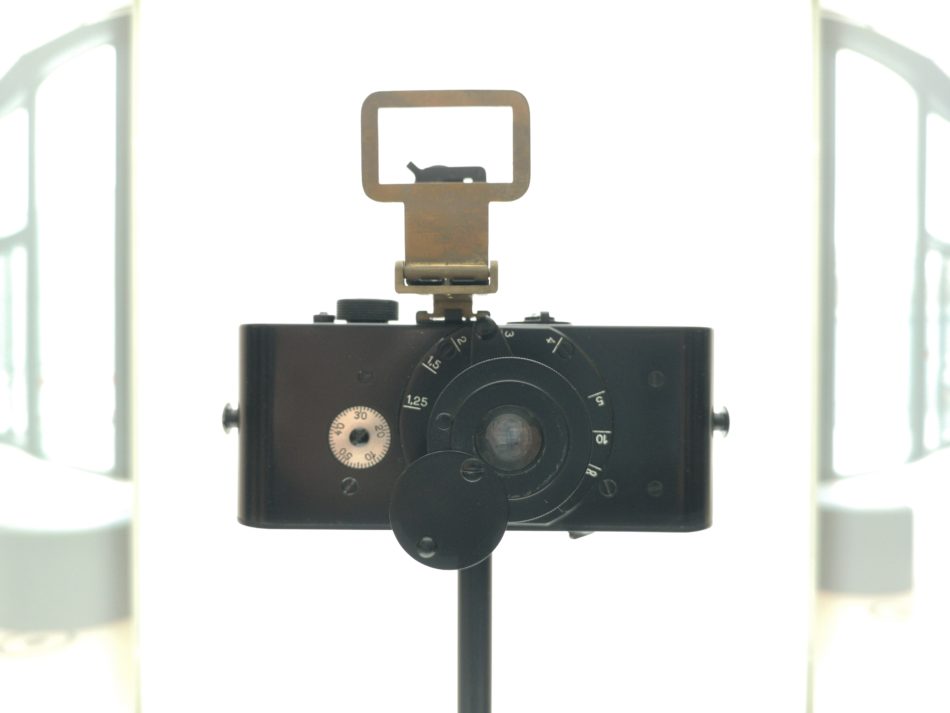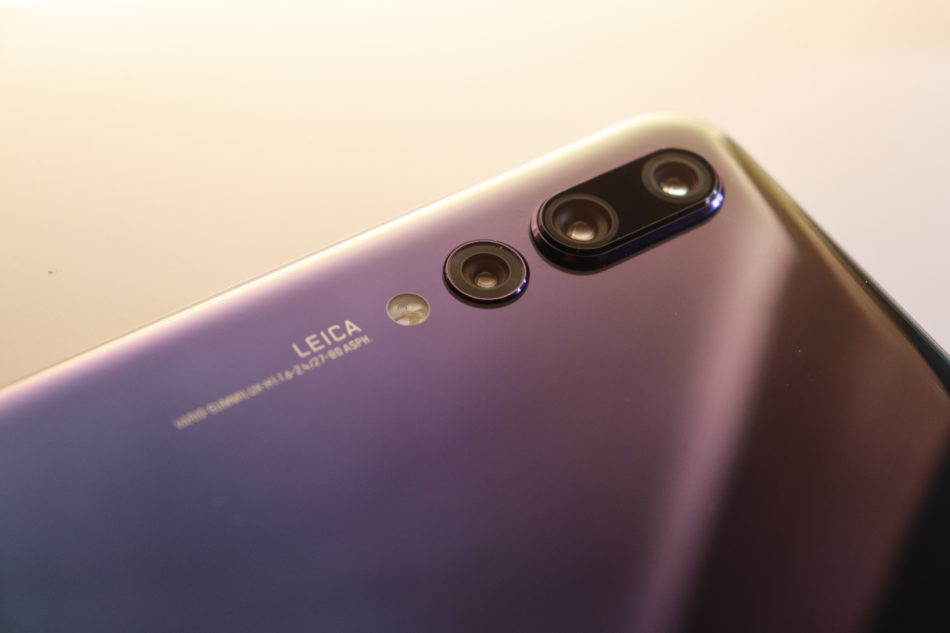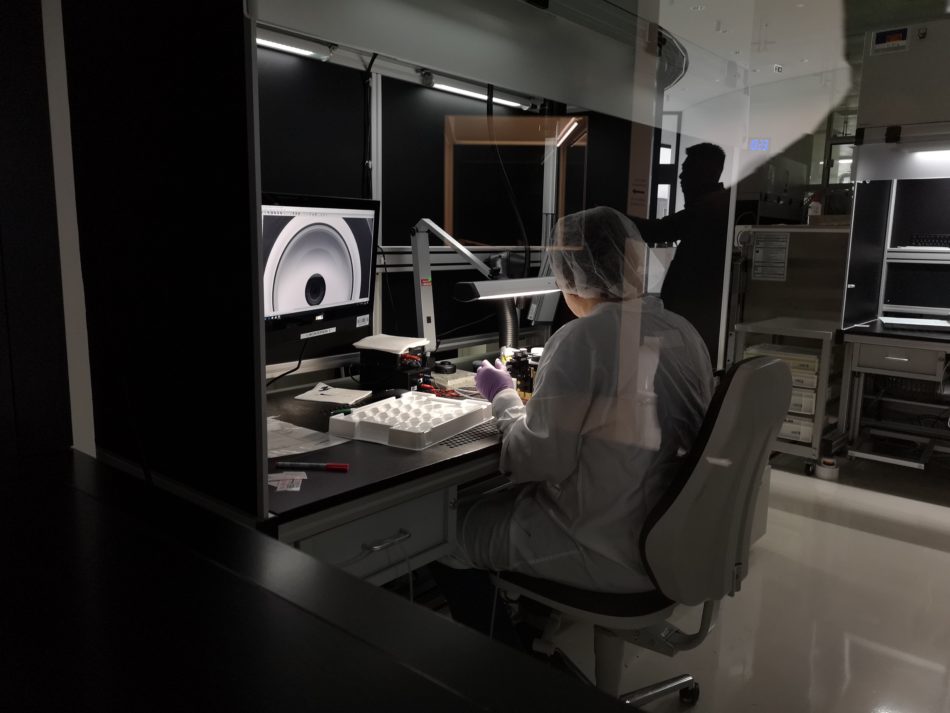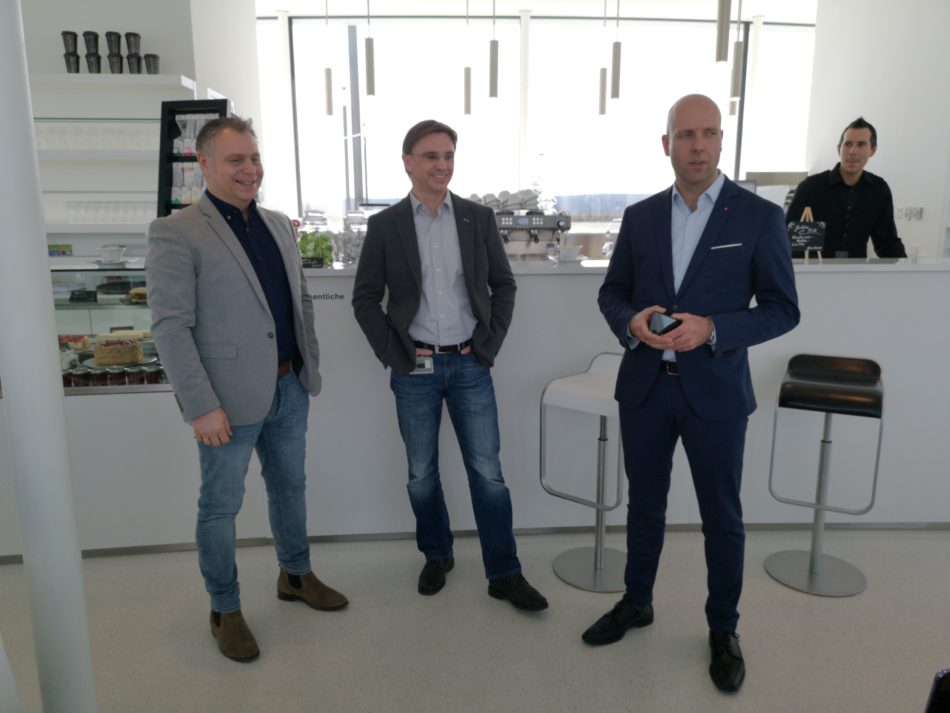Jura The idiot
General
now I read
Chinese scientists find atomic model of a highly complex virus capsid
Xinhua| 2018-04-06 03:45:42
Chinese scientists find atomic model of a highly complex virus capsid
Xinhua| 2018-04-06 03:45:42
I add:Chinese scientists have reconstructed the atomic model of herpes simplex virus, one of the most complex viruses genetically and structurally, which expands the understanding of the assembly mechanism of the capsid.
In a study, published on Thursday in the journal Science, a team led by Wang Xiangxi with the Institute of Biophysics of the Chinese Academy of Sciences reconstructed the 3.1 angstrom structure of the herpes simplex virus type 2 (HSV-2) B-capsid.
The assembly pathway of herpesvirus produces three distinct types of capsids called A-, B- and C-capsids, all with mature angular shells and a similar assembly mechanism. It spreads within the host population efficiently, causing a range of diseases in humans, including congenital disorders and cancers.
However, little was known about the structure and assembly mechanism of the herpes simplex virus (HSV) capsid.
The 125 nm capsid of herpesvirus not only protects the viral genome from mechanical and other damage, but also functions to release the viral genome into the host cell nucleus during initial infection and to packaging the genome during the maturation.
The researchers found that there are four major conformers of the major capsid protein VP5, which exhibits striking differences in configuration and mode of assembly to form extensive intermolecular networks.
Those difference explained the stability of the capsid. They has found that a triplex fits between hexamers and pentamers at quasi-three-fold positions to cement the capsid together, and six copies of the small capsid protein VP26 form a ring on the top of the hexon to stabilize the capsid.
Based on the capsid structure, the researchers proposed a model for the ordered assembly of the capsid using a triplex and its covalently linked lasso triangle formed by three VP5s.
These basic assembly units then cluster into higher-order structures conforming to two-fold symmetry and guide nascent assembly intermediates into the correct geometry.
Wang told Xinhua, "the study elaborated the mechanism of assembly of the virus capsid in early stage, which laid a foundation for further study on its transport in neural cells."

